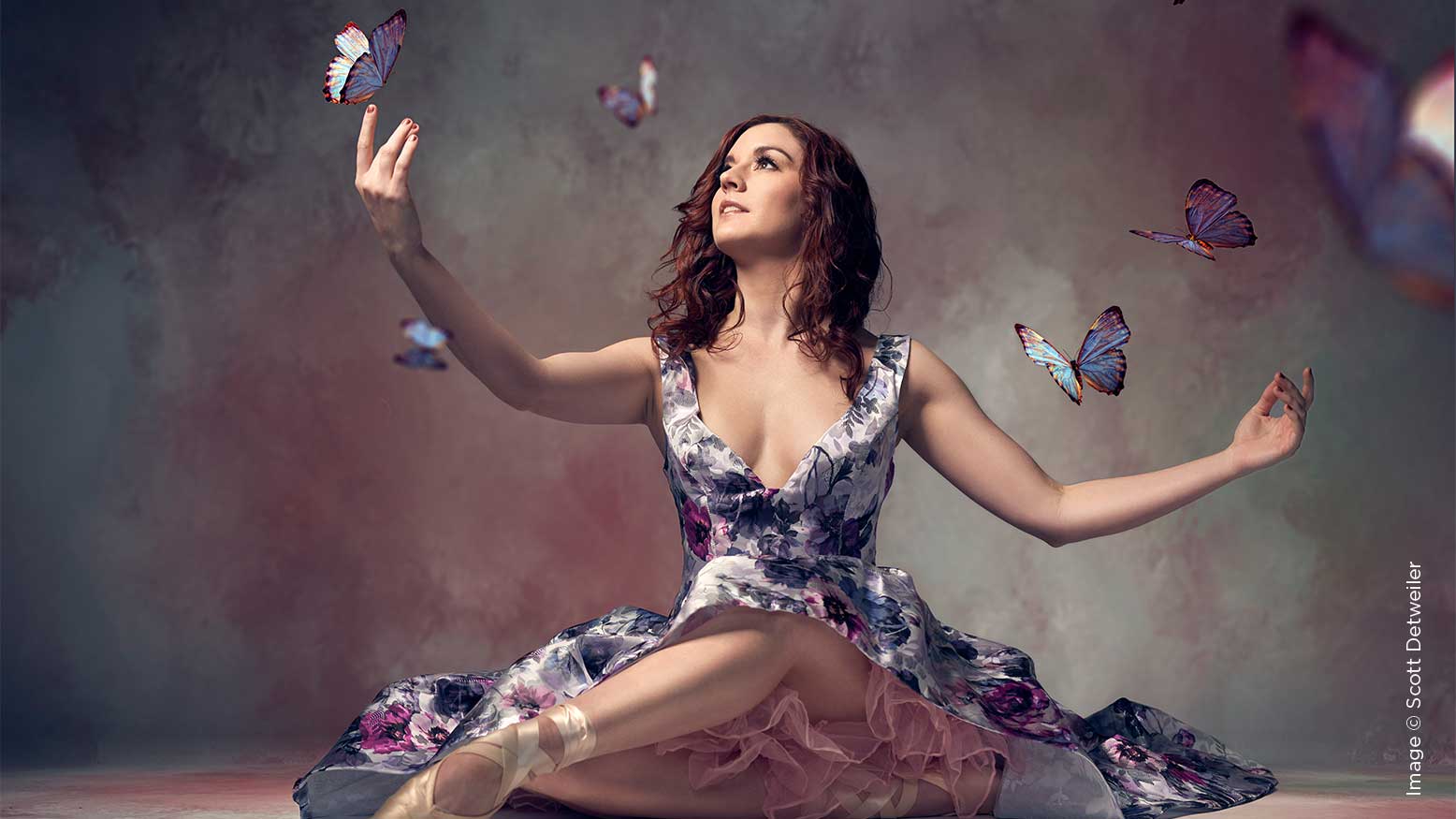Retouching Responsibly with Scott Detweiler
My wife couldn’t watch me edit photos of her. She told me that it reminded her of how much older she was getting. As I would work on a picture, she would point out marks she wanted me to remove, or tell me how to handle things that the tiny amount of makeup she wore didn’t cover. For her, even though she had great skin and an athletic body, it was a process she didn’t enjoy watching, but she did love the resulting images. Now, this happened years ago, and it was an excellent lesson for me in terms of thinking about how clients would potentially look at their resulting images. It also created a set of guidelines I now use when retouching, and I wanted to pass those on to you, so you can avoid the same pitfalls I did.
Never show a client a before-and-after for comparison
In line with my wife not wanting to watch the editing process unfold on her portraits, I don’t want clients to see the original images and how they vary from the delivered finals. In many cases, it might just be some minor skin retouching, while in other cases, it might be much more extreme. But regardless of the level of editing, no good can come from the client being offered the chance to compare the two. Let me say that again—there is zero gain that can come from letting someone see both at the same time. In cases where I am working on an artistic image, I will often handle the skin retouching before I start the creative aspects of the piece. In this situation, I have no regrets in showing the before-and-after because, in those cases, the retouching phase is complete and should be identical.
Pre-consult, and ask questions upfront
I think it is essential to know what a client hates most about their body. Of course, you can request this information in a much more gentle way, such as, “What do you hate about your body?” 🙂 Every female client I have ever had the pleasure of shooting has a great list of things. Knowing them before you start your photo session can be a lifesaver, literally.
Let me tell you a story about the time I dodged the biggest bullet I will probably ever encounter. Many years ago, I was at a massive group photoshoot. Late in the day, I met a heavyset (probably around 300 pounds), beautiful young woman who had been sitting in the lobby each time I had passed through that area. As the long day was coming to a close, she asked me if I would take a few minutes and spend some time with her, as she loved my style and had wanted to work with me. I agreed, and I asked her if there was anything she was self-conscious about, and she pointed out a few things, and I thought about my posing and lighting to minimize those elements. I delivered the images a few weeks later, and she loved them and was delighted with how she looked in them. All good!
Fast forward a few years, to when I was speaking at a state conference, and someone came up to me afterward and indicated we had met a few years ago at that very same photoshoot. We talked for a while, and then he said something quite odd: “You are one brave soul, I gotta give ya that!” Now, this took me aback, and I had to ask what he meant by that statement. He told me a story about the heavyset young woman and how she had tried to commit suicide just a few weeks prior to the photoshoot, and her therapist had told her to do some modeling because she was a beautiful woman, and it would make her feel pretty. At the end of the day, I was the only person who took the time to photographer her.
For weeks, I reflected on this entire sequence of events and all of the possible pitfalls that might have occurred. What if I had told her I was too tired, given it was the end of a long day, and no one had bothered to pay attention to her? What if I had not asked her about the things she was self-conscious about? What if I hadn’t posed and lit to avoid the items on her list, and she’d hated the images? What if I had retouched her pictures in a way that made her feel worse about herself? In the end, I got fortunate by unknowingly walking into a situation where someone’s life was literally hanging in the balance. She loved her photos, and the story has the happiest of endings.
There are a few things I want you to keep in mind about the retouching aspects in this story, since that is our focus. Her weight was not something she was concerned about, and I was thinking of that as I did my post-production. I was also mindful of her weight during my posing and lighting, so it was not going to be a problem. However, I think this is a trap that many fall into, as everyone knows what their body looks like, and when you alter it, you seem to be pointing out things you feel are imperfect.
So, when you make someone look notably thinner, it’s basically like saying to them, “I thought you were fat, so I fixed it.” Same for when you change a nose shape, etc. People will notice, and they can take that change personally if they also feel it is a fault and you just verified it. This is probably the single biggest lesson I can teach you, so be careful about what you choose to alter in your imagery.
What is safe to change during retouching?
For starters, I have a rule that if it is something that will be gone in a few weeks, I will go ahead and remove it. Pimples, rashes, and red skin from shaving are all safe. I will also fix areas of the body that are caused when a strap or something is digging into the body as the result of a pose or perhaps improperly sized apparel. After that, I often feel the best answer is to ask the client. In so doing, they are permitting you to alter their appearance, and since they expect it, there will be no psychological damage.
Photoshop allows us to create images that can please the world, and just like special effects in movies, they can help to complete the vision we have in our heads. However, just like Spiderman learned, with great power comes great responsibility. Your goal is to keep your clients happy not only with beautiful imagery, but by helping them maintain a healthy and happy self-image.




